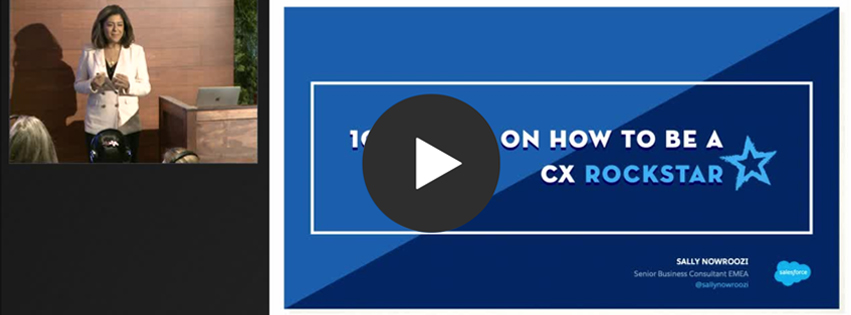Each, and every one, of, you, have the power to own your customer experience (CX) and do some magical things for your customers and your businesses. I know we are are overwhelmed with the rise of technology and how we apply it, but it's our greatest opportunity yet.
Here are my 10 practical principles that are driving the future of customer experience to help you own your customer experience:
1. We are better together
I’m always so impressed when I speak to companies because no matter what department team I speak to, they are so committed in reaching their goals and delivering a really good CX.
What we need to remember is that that CX is not entirely owned by CMOs. No matter what team we sit in, we all want to do awesome things for our customers. Everyone’s working so hard, but they're working in siloes. What we are doing as a result of that is that we are adding to the landscape of architecture and we are all trying to speak to the same customers.
There is this air of permission based relationship across each functions, where collaboration can often be described as a data request that goes in as you need to seek for permission to access a set of audiences. We're slowing the barrier down to working together, because another team sits across the road from you, or another floor, but we need to remember we are better together and we need to spark cross functional connectivity.

2. See yourself through the eyes of your customer
How many of you see yourself through the eyes of your customers or even other teams? Customer journey mapping (CJM) is an underestimated tool. The principle is simple, but customer journey maps can be perceived as hard to create, and there is a sentiment that it cannot always be tracked. But none of those are true.
You need to create a customer journey map to understand what your prospective customers are doing on your website, why are they buying your goods or services and – more importantly - why they are not buying.
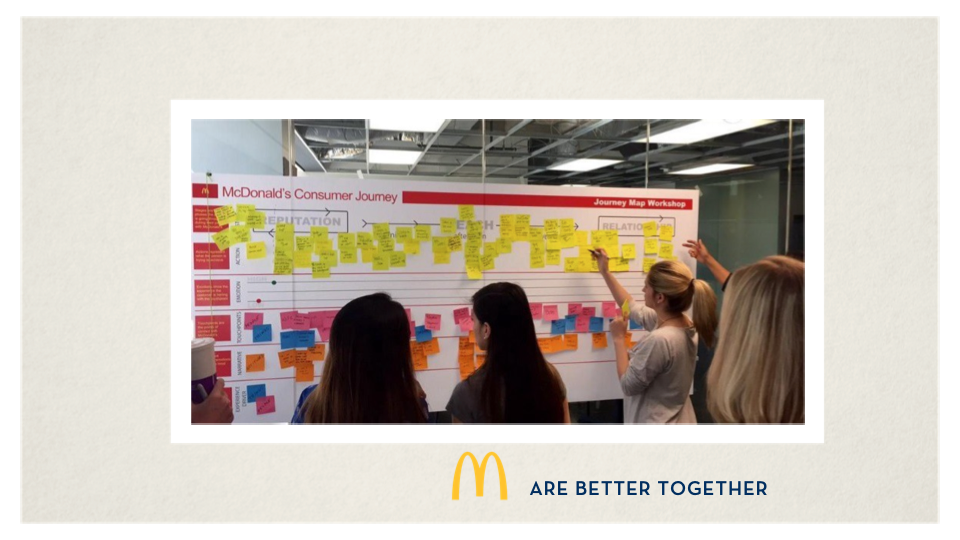
3. Social media is not just for millennials
When it comes to social media, the use and role of this channel has fundamentally changed. This is a really good way to engage with your customers and reach your goals.
Let's look at some numbers:
- Worldwide populations is 7.7.bn.
- The internet has 4.4bn users.
- Active social media users 3.49bn.
- Average amount of social media accounts is 7.6.
- Average daily time spent a day is 142 mins.
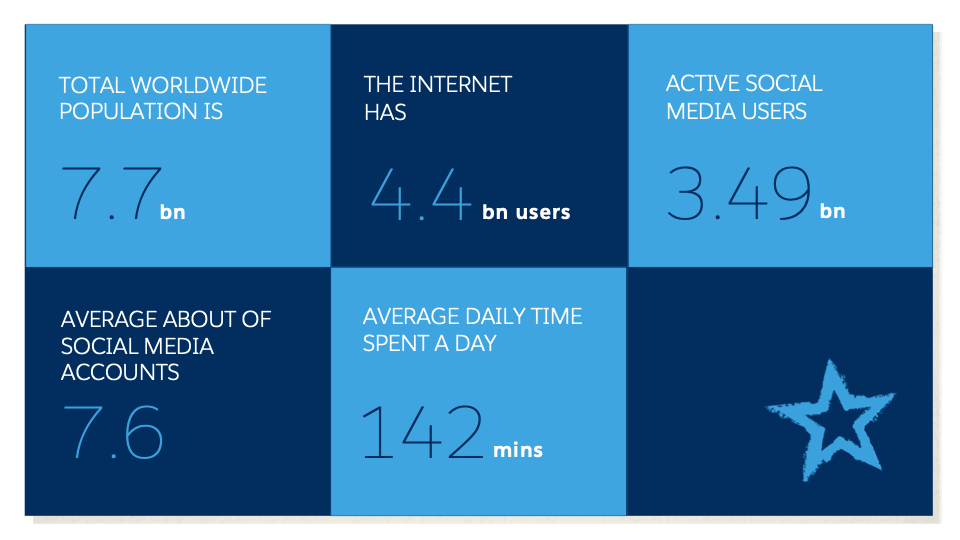
When you think about owning your customer experience, you need to be customer centric in the way you think about how people do things.
For example, let's think about how we think about going on holiday. What's the trigger point for you going on holiday and how do you begin to search? Do you look in Google, did you see something on Instagram that made you want to go to that specific location, do you have time off in February and need to book something within that peroid of time or did you see something on Pinterest?
Regardless of what a customers' journey is, if you become customer centric by thinking about your customer's different missions, you can own your customer experience.
4. Get out of the office more
We all invest in innovation, learning and research. But how many of you actually leave the office for an afternoon, alone or in a team to experience your customer experience? When was the last time you called up the customer support centre, tried to return an item, or do something that your customer would do? We often forget and don’t have visibility of what the actual customer pain points are that we can solutionise for.
5. Start off small
No-one goes to work on a Monday morning and lands a big global rollout. If we look at the launch of the iPhone, it was revolutionary, but we all know it had limitations. If Apple waited to launch the iPhone, they would never be where they are now. So start off small, because progress is better than perfection.
When we think about progress, it's about advancement, moving towards a goal, creating value. It gives us feedback and allows us to make choices and refine our offer, and occasionally gives you insights to truly innovate. If you don't start small and welcome a culture of learnings and even mistakes, you won't create a culture of learning.
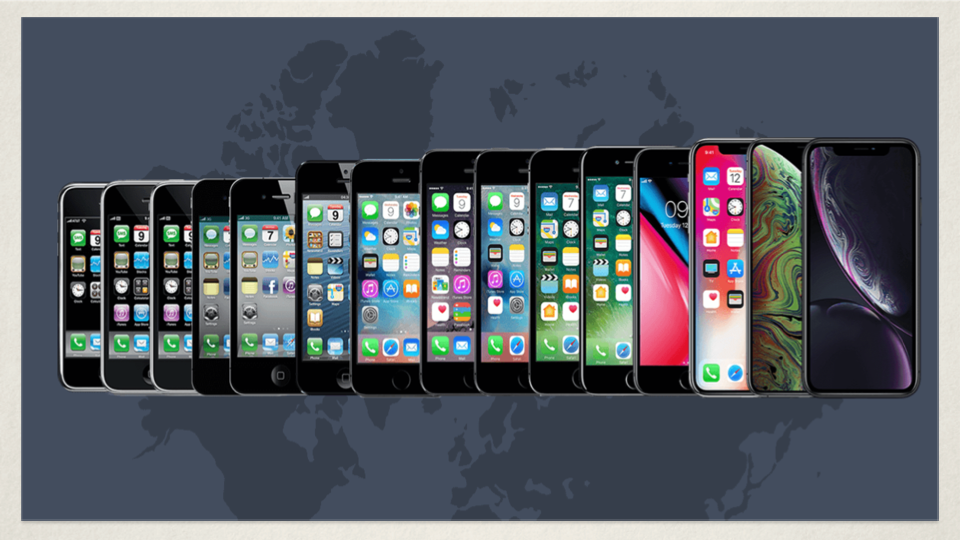
6. Think outside your industry
Retail brands are always keen to understand what other retailers are doing, fintechs, want to know what other fintechs are doing, but if you’re waiting for a case study to be born in your industry you're too late. If we are constantly looking at what your competitors are doing, you are going to be always competing and never thinking about the bigger picture. Think about the customer experience your customer needs and what the data is telling you to solve for.
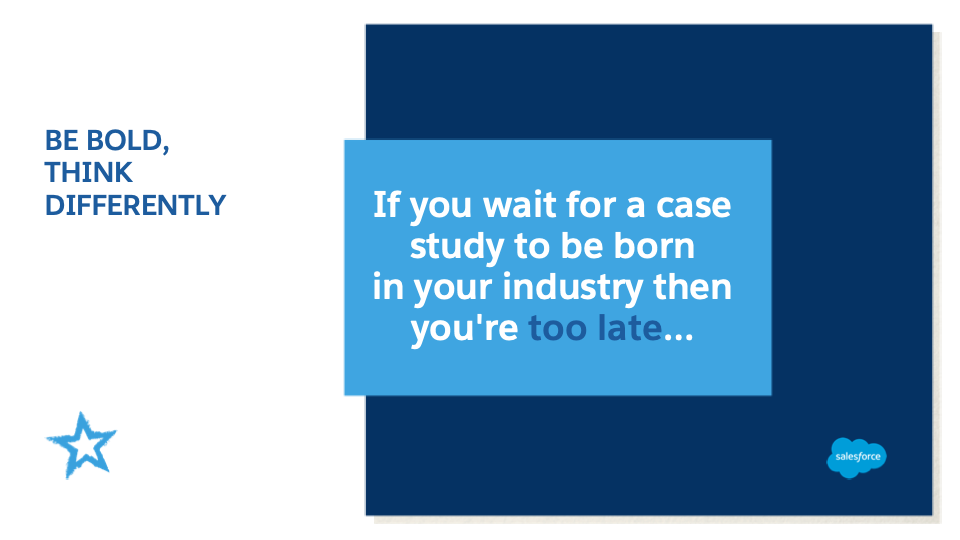
7. Create your own benchmarks
You shouldn’t be looking at what another company is doing, because their data is different to yours. The tenure of the customers are different, the engagement is defined differently and your programmes and automations are unique to your business.
Instead, look at what you have in place today, and then assess how you can optimise it. What works for your company, won’t work for another and vice versa. Be inspired by others, but focus on your own benchmarks.
8. Question your own KPIs
The most effective teams are the ones who don’t have siloed KPIs, they operate as a united front and create this cross functional glue to share metrics. 65% of team members within an organisation share common goals and metrics. Think about what cross functional KPIs you need in order to unite your teams together to do right by the customer and empower your teams to truly be customer centric.
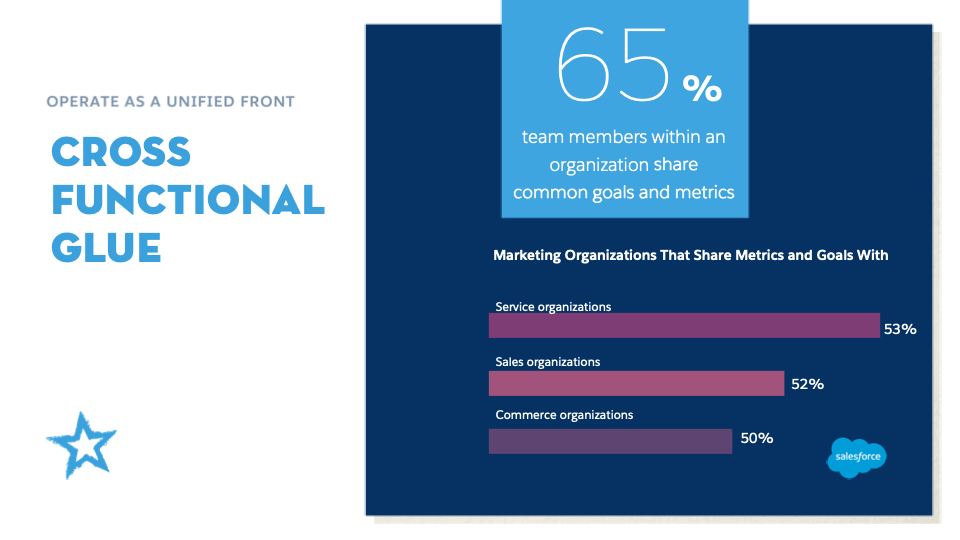
9. Demistify AI
We see artificial intelligence (AI) everywhere. The average marketer currently uses it two different ways, but plans to use it an additional four ways by 2020. Using AI in your customer journeys is not only going to help you accelerate your efforts and supercharge your customer journeys to support your business goals, but in turn it will give your customers the experience they need and require.

10. You
Too often it’s one person driving ideas, but it’s how you centre and empower your team do use technology but also ideate and collaborate. We’re better together, because diversity drives innovation. Technology is amazing, but its’ nothing with out people using it.
So there you have it - my 10 trends on how to become a CX rockstar! If you want to dig further in to any of the statements in this blog, I was fortunate enough to deliver these trends at a session during Dreamforce 2019, which you can now watch online.

